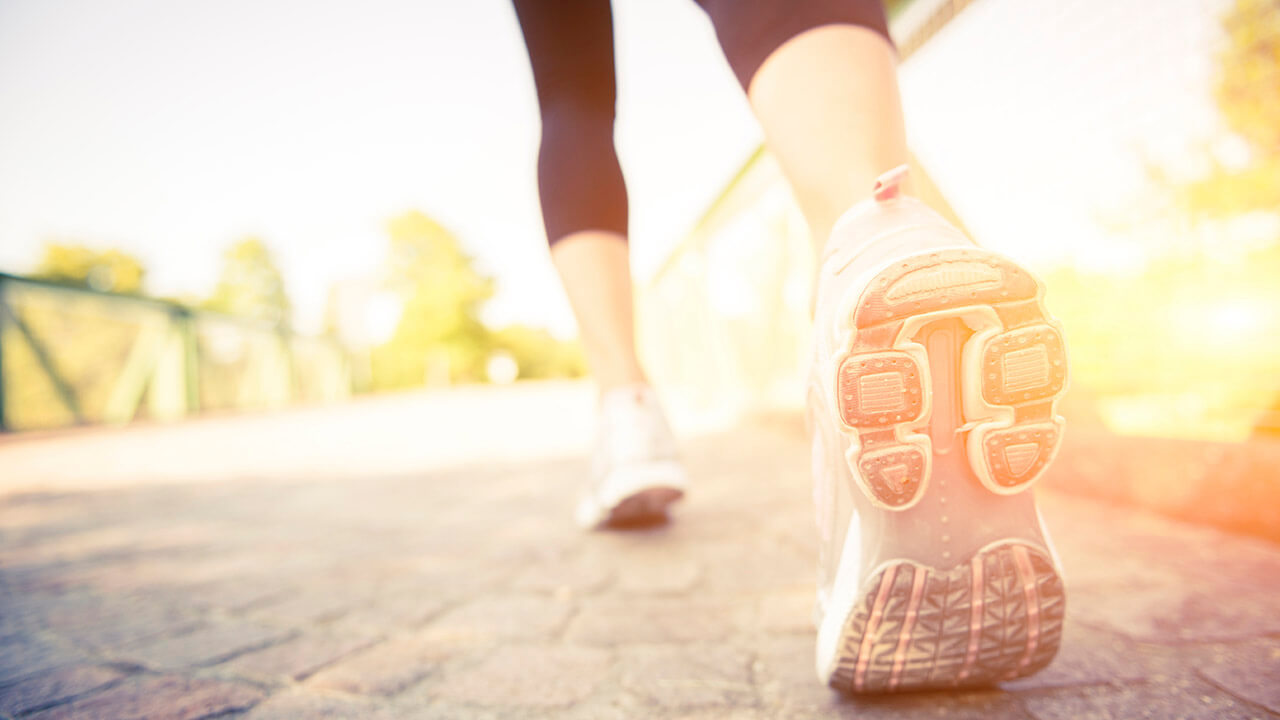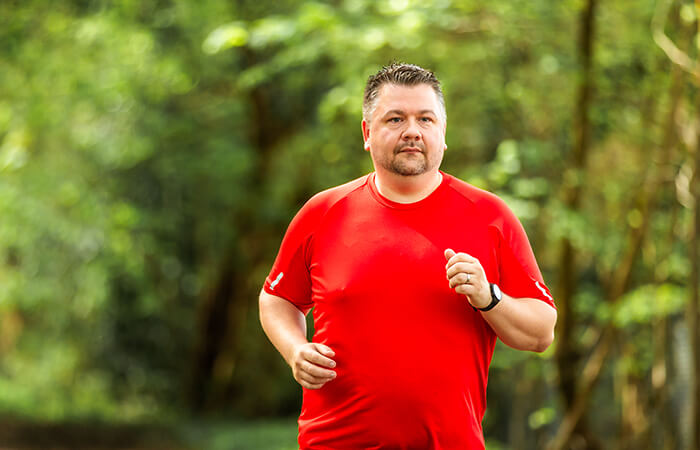In today’s running world, there are many shoe choices. Recently, there has been a greater interest in minimalist shoes. The increased interest in this type of footwear has led to more options for runners, and the greater number of options has led to more questions. Ultimately, shoe choice is up to the runner.
Minimalist shoes provide minimal interference with the natural movement of the foot. The shoes are highly flexible, lightweight and do not have motion or stability control built into the shoe.
Here are a few things to consider when deciding between a traditional running shoe and a minimalist running shoe:
Minimalist shoes provide minimal interference with the natural movement of the foot. The shoes are highly flexible, lightweight and do not have motion or stability control built into the shoe.
Here are a few things to consider when deciding between a traditional running shoe and a minimalist running shoe:
- Weight: Minimalist shoes are much lighter than tradition running shoes.
- Stack height: This is the thickness of the sole at the center of the heel. Minimalist running shoes have very thin heel thickness compared to traditional running shoes. This factor can affect the cushioning or shock absorption while running.
- Heel to toe drop: This is the difference between the height of the heel and the height of the toe. Minimalist shoes are close to a zero heel to toe drop. Traditional running shoes typically have a heel to toe drop of about half of an inch. This could affect running technique. With a lower heel to toe drop, forefoot first stride is more greatly emphasized.
- Motion control and stability: Minimalist shoes, like the name suggests, offer very little, if any, assistance in stability and motion control compared to their traditional counterparts.
- Flexibility: This aspect examines the rigidity of the shoe. Traditional running shoes, while still fairly flexible, are stiffer when twisted or bent in multiple directions in comparison to minimalist style shoes.




